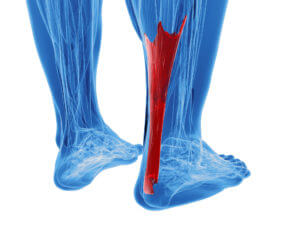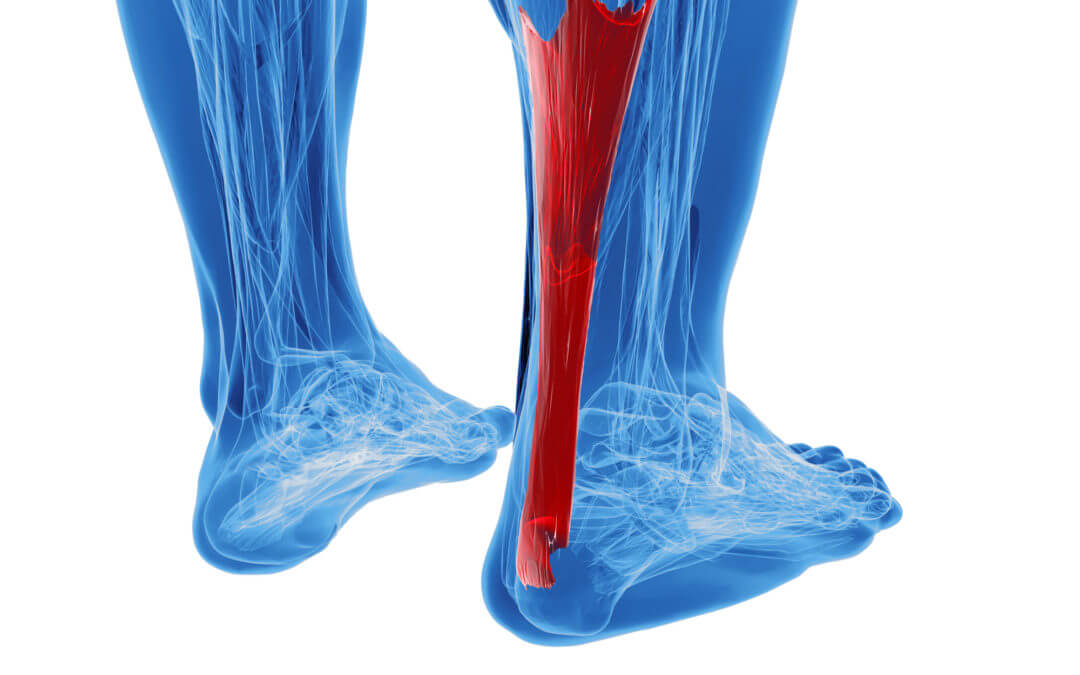Achilles Tendinitis: What It Is and How to Prevent It
Learn About the Achilles Tendon and How to Prevent Achilles Tendinitis
Did you know that your Achilles tendon is the strongest tendon in your body?That doesn’t mean it’s invincible, though. On the contrary, Achilles tendinitis is all too common among people of all ages and activity ranges.
Don’t succumb to this painful injury. Keep reading to learn more about your Achilles tendon, plus get tips on how to prevent Achilles tendinitis.
What Is Achilles Tendinitis?
The next time you have the chance, flex the arches of your feet as if you’re running. Near your ankle, you’ll see a thick band of muscles. This is your Achilles tendon.
Your Achilles tendon is one of the most important muscles, especially for athletes, as it connects muscles in your calf to your heel. It’s responsible for aiding in activities like walking, running, jumping, stretching, and flexing.
As important as these tendons are, they’re also quite delicate. When we do things like run with a high level of intensity, or we forget to stretch before doing them, the fibers in our tendons tear.
There are two types of Achilles tendinitis injuries: non-insertional Achilles tendinitis and insertional Achilles tendinitis.
The former is more common, and, while painful, usually only results in swelling.
Insertional tendonitis, however, is a lot trickier, as it’s much closer to the heel bone itself and can result in bone spurs.
How to Prevent Achilles Tendinitis
Tendinitis can be scary, to say the least. But the good news is that it’s preventable in most instances.
To avoid a tear or rupture, always warm up before participating in physical activity. Toe curls and foot flexes are two of the best exercises to stretch these muscles out.
On the subject of physical activity, don’t push yourself too hard. Tendinitis can occur during particularly high-intensity activity, such as transitioning from a walk to a sprint.
If you like to sprint or run, gradually work your way up to a suitable speed instead of going full-force.
What to Do If You’re Struggling with Tendinitis
If there’s any silver lining to tendinitis, it’s that you’ll know about it right away. You might hear a pop or tear near your ankle. But mostly, you’ll feel a sharp pain near your heel.
The sooner you treat your injury, the better, so don’t try and push through it. Instead, find a place to sit down, grab an ice pack, and place it on your tendon.
You should also make an appointment with your local podiatrist, who will be able to tell you if you need surgery or not.
Recovery will ultimately depend on the severity of your injury. At the very least, expect to be off your feet for a few days. However, if you need surgery, it may be months before you’re able to resume the level of activity you’re accustomed to.
Stay Safe and Pain-Free
Do you have more questions about how to prevent Achilles tendinitis? Are you currently struggling with a bout of tendinitis?
We’d love to hear from you. Make an appointment today and we’ll get in touch with you as soon as we can.
The information provided in this article is not meant to be medical advice and is for educational purposes only. If you would like to learn more about topics related to podiatry, feel free to contact Family Foot & Ankle Centers by clicking here or calling 972-597-4132 to reach our Waxahachie office, 903-872-9910 to reach our Corsicana office, or 972-875-3668 to reach our Ennis office.



